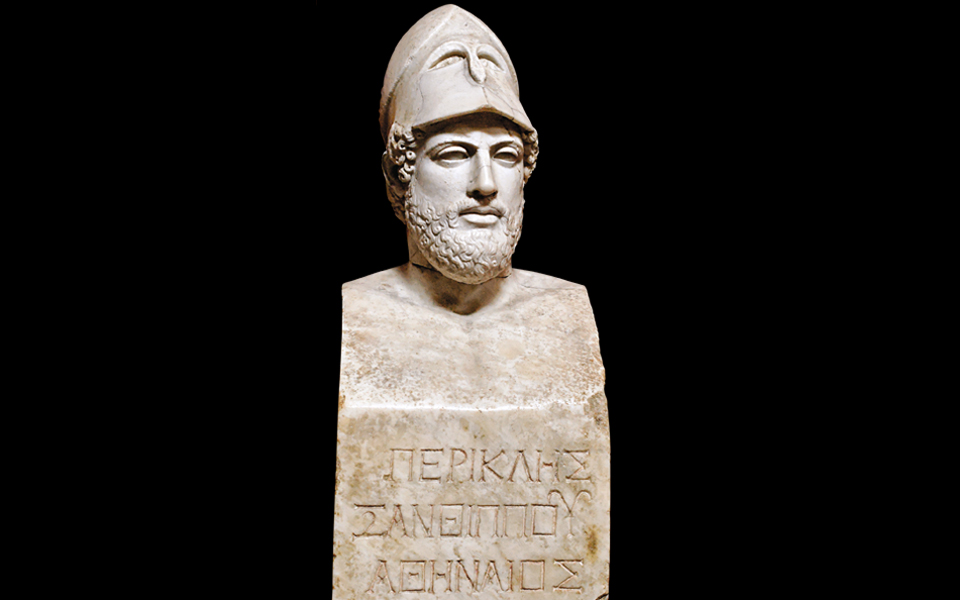The Hellenic Ministry of Culture is about to embark on a new programme of excavation at the site of the Demosion Sema, the public cemetery of ancient Athens, where the city’s most illustrious citizens and war dead were interred.
The Demosion Sema (Δημόσιον Σήμα) was an ancient necropolis (literally “city of the dead”) where prominent citizens, loyal allies, and many of those who died in battle were laid to rest. Among those buried in the cemetery was the great statesman and general Pericles, who perished in the Plague of Athens in 429 BC.
Despite its prominence in the Classical past, the precise location of the Demosion Sema has always been a source of intense debate among scholars.
Ancient sources, including Thucydides, place the location of the cemetery in the Kerameikos, the potters’ quarter located northwest of the Acropolis, “the most beautiful suburb of the city”, while second century AD traveler, Pausanias, described the state graves along a road leading from the Academy to the Classical Agora.
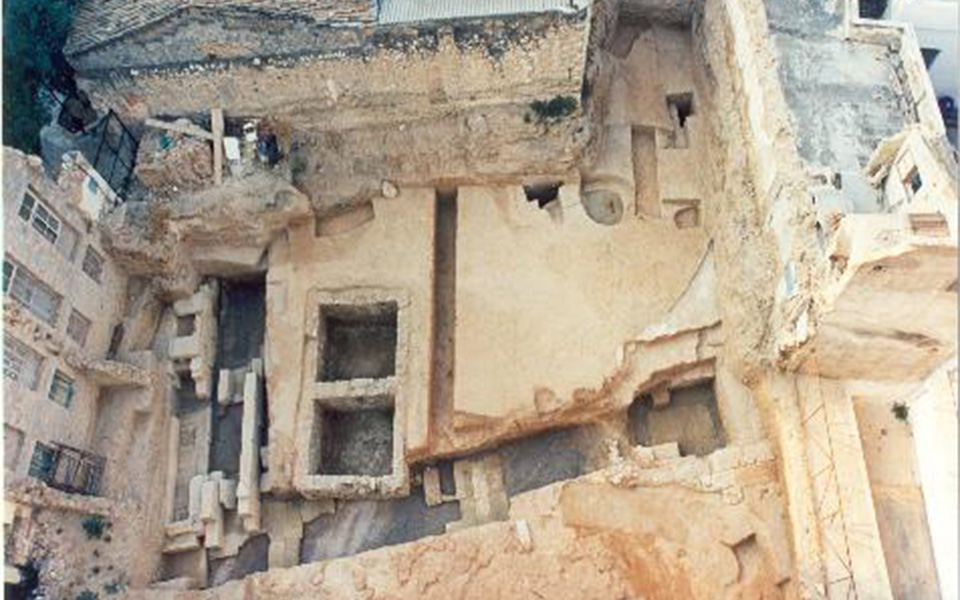
© Hellenic Ministry of Culture and Sports
Mass Graves Unearthed near Kerameikos
In 1997, the remains of ancient funerary monuments were discovered in the vicinity of the Kerameikos by archaeologists from the Ephorate of Antiquities of the City of Athens. During exploratory excavations at the plot of 35 Salaminos Street, five subterranean polyandria (‘mass graves’) were uncovered, including large limestone containers with the cremated remains of at least 58 men who fell in battle during the Peloponnesian War.
A significant number of grave goods (kterismata) dated to the 5th century BC were also found, including red-figured and distinctive white-ground lekythoi bearing unique funerary art, ceramic vessels that contained perfumed oil for religious and burial rituals. There is also evidence that two ancient sanctuaries that pre-dated the cemetery once existed in the area: one dedicated to Dionysos Eleuthereus, the other to Ariste-Kalliste, an epithet given to the goddess Artemis.
Now the Greek Ministry of Culture has announced it will launch a systematic archaeological investigation of the area around 35 Salaminos Street, expanding on the previous excavation to adjacent sections of Plataion Street and Leonidou.
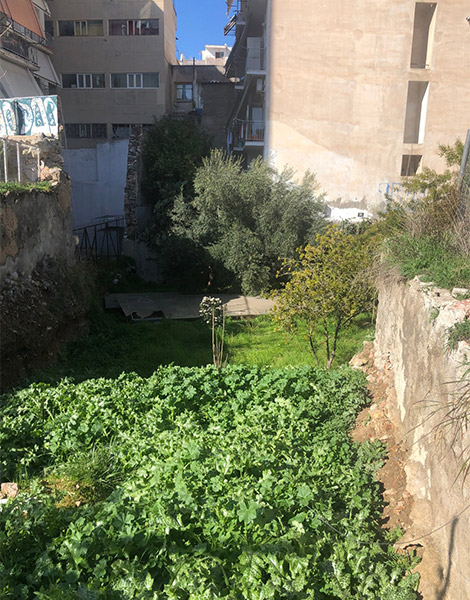
© Greek Ministry of Culture
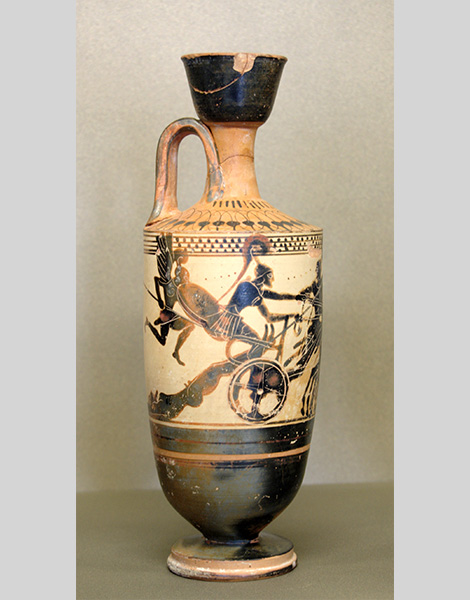
© Public Domain
While it is unlikely that they will come across the tomb of Pericles, it is hoped the new round of excavations will reveal other historical treasures, including the tombs and associated grave goods of other prominent members of ancient Athenian society, the remains of inscribed grave-stelae listing Athens’ war dead, and further evidence of mass public burials.
Dr Lina Mendoni, Minister of Culture and Sports stated:
“Demosion Sema is the most important cemetery of the ancient world, a unique Athenian landmark of outstanding archaeological and historical significance. Laid to rest within the cemetery were some of the most important figures of ancient Athens, as well as those who had fallen in wars. The current state of the Demosion Sema is not in keeping with its historical significance. We owe it to the site to conduct further excavations and reveal this part of the ancient city and its ‘finest suburb’.”
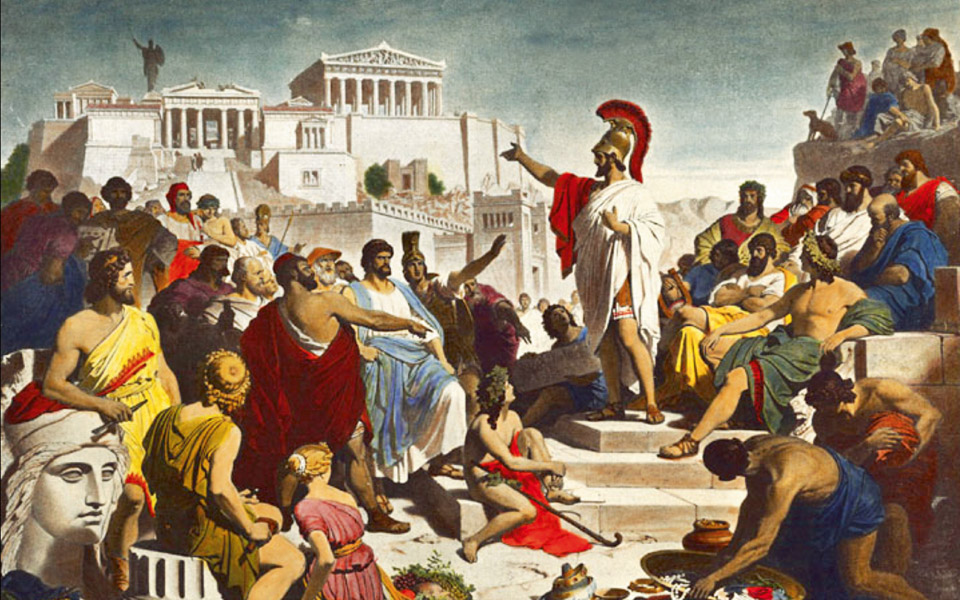
How the Ancient Athenians Honored their Dead
The ceremonies, rituals and funerary monuments that honoured the dead at the Demosion Sema helped ancient Athenians forge a sense of collective identity. It was the site where celebrated orators eulogized the dead, most famously the funeral speech given by Pericles at the end of the first year of the Peloponnesian War (431–404 BC), as described by the historian Thucydides.
According to Pausanias, the earliest recorded burials in the area that later became the cemetery of Demosion Sema were those of the tyrannicides (τυραννόκτονοι – “tyrant slayers”), Harmodius and Aristogeiton, who both died in 514 BC, followed by the great reformer Kleisthenes, regarded as the “father of Athenian democracy”.
Following Kleistenes’ democratic reforms, the ancient practice of private funerals and elaborate grave monuments of the preceding Archaic Period (800–480 BC) gave way to the development of the public or state funeral – a crucial part of democratic ideology. Everyone, in theory, in death at least was equal, and the uniquely Athenian institution of state burials cultivated a collective ethos among the citizenry.
Further literary and archaeological evidence places the practice of burial at public expense in the earliest days of the nascent democracy, around 500 BC. Thucydides later described the ancient custom (patrios nomos) of repatriating the cremated remains of Athens’ war dead from the field of battle back to Athenian territory, placing them on public display in the cemetery for three days, and then interring them according to tribe.
In this way, Demosion Sema functioned as both a public and military cemetery from the time of the Persian Wars (499–449 BC) onwards.

